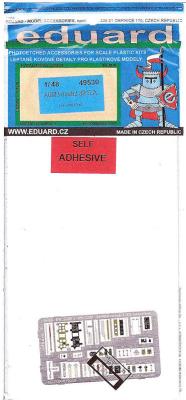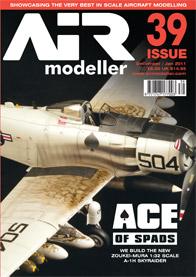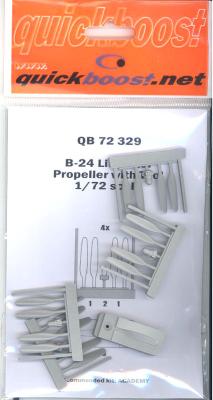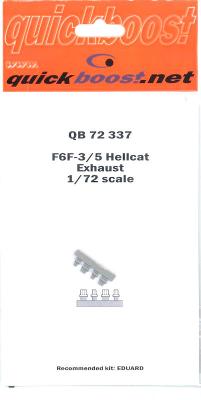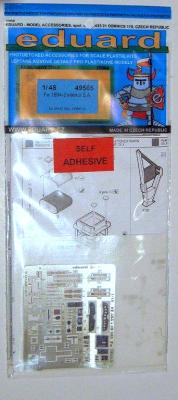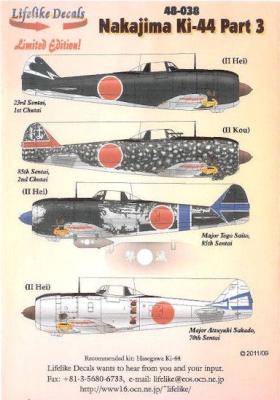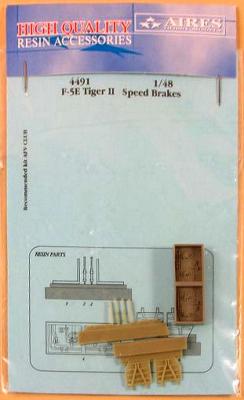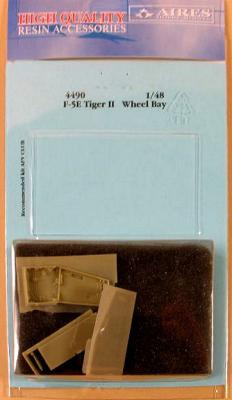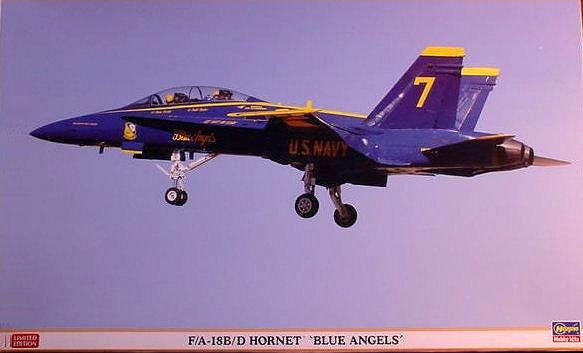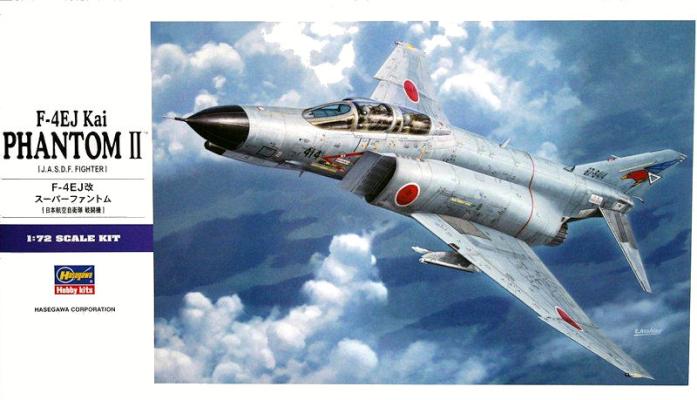Okay, I stepped up to review this since nobody else asked, nor volunteered. I have never used a Big Ed add-on before and I have a Tamiya A6M3 so I thought, “Why not try it?” When the Big Ed arrived, I opened it with joy like a kid at Christmas who had a good year with Santa. Then, while looking at the instructions, I realized I had the new Tamiya Zero and this Big Ed is for Tamiya’s OLD A6M3 Hamp kit. So, for a few months, I watched a bunch of these kits on eBay sell for more than I could pay. I have been unemployed for two and a half years now, so I don’t get to buy kits any more unless I can get them for under five bucks. Earlier this week I was able to borrow an old Tamiya Zero so we can at least get the review done. Of course, that Zero did not arrive until today...
This issue is one I’ve been looking forward to for a while now, and the reason is the subject on the cover…Zoukei Mura’s beautiful new 1/32nd scale A-1H Skyraider! In addition to a full 10 page build article, there is also included a ten page walkaround with numerous photos in both color and black and white. Without a doubt, this is likely the most impressive array of interesting subject matter, well documented build articles, and some of the handiest tips and techniques. The contents of this issue are as follows:
Quickboost just keeps adding to their growing line of quality resin aircraft accessories. This time they have put out a nice set of propellers for the Academy B-24 Liberator. They are molded in grayish resin, smooth, seamless and bubble-free.
The propellers that come in the Academy kit are okay but lack the level of detail that the Quickboost propellers have. The Quickboost ones are just more believable when you look at the finished kit. When you compare them, the Quickboost hub detail is superior and the tool that they include ensures that you have the right pitch. Installing them is also no problem and they could go on almost any other B-24 kit.
I highly recommend this product if you want a really superior-looking model. Thanks to Quickboost and IPMS USA for the chance to do this review.
Quickboost has added exhausts for the Academy Hellcat F6F-3/5 to its like of detail sets. They are molded in grayish resin, smooth, seamless and bubble-free.
The exhausts that come in the Eduard kit are okay but just lack the level of detail that the Quickboost parts have. The Quickboost parts are really superior. The biggest plus is that the ends are hollowed out, while the Eduard exhausts are not. This can really save you a lot of time if you were going to hollow out the kit parts, not to mention how great they will look on the finished model. The Quickboost parts for the Eduard Hellcat aren’t just drop-in parts like a lot of other Quickboost parts. The exhausts on the Eduard kit are molded onto the fuselage and will need to be cut and sanded off. Once this bit of surgery is out of the way, you will be very happy with the resulting improvement.
The entire crew area of the Focke Wulf 189 is housed under a greenhouse, and thus is highly visible. While Great Wall’s 1/48 kit is very nicely detailed and actually does include some photoetch, these Eduard sets augment the kit’s interior in a meaningful way.
- Interior SA set is $33.00, Stock # 49565
- Zoom detail set is $20.00, Stock # FE565
Eduard’s #49565 is the complete interior set, comprising 2 frets – 1 in full color and with self-adhesive backing, and a 2nd with additional interior details. The Zoom set contains just the colored, self-adhesive fret (Fret 1). All the pieces on both sets have Eduard’s typical sharp details.
This is one of three new sheets Lifelike Decals has released covering the Ki-44 Shoki. In looking at Lifelike’s website, I see most of their decals are available in 1/72, 1/48, and 1/32, but these sheets appear to be only available in 1/48 as of now.
Clearly, a lot of time and effort has gone into the research on this sheet. Ten different references books are listed and cited throughout the individual aircraft descriptions.
This particular sheet covers the markings of 4 different “Shoki” aircraft, 3 Ki-44 II Hei versions and one Ki-44 II Kou version. The recommended kit is by Hasegawa, although I’m sure they could be used on the old Arii/Otaki kits.
The 4 markings are as follows:
Aires has been on the scene for some time now, producing some amazing details in resin and photo etch metal. Among aftermarket aficionados, Aires is the top of the pack for the level of detail and quality of casting. This set for the AFV Club 1/48 series of F-5 Tiger II kits is no exception, though installation is a little time-consuming.
Aires has been on the scene for some time now, producing some amazing details in resin and photo etch metal. Among aftermarket aficionados, Aires is the top of the pack for the level of detail and quality of casting. This set for the AFV Club 1/48 series of F-5 Tiger II kits is no exception, though installation is quite another matter.
In the Box
Released in October, 2011, this Hasegawa kit is a superb model and is a “must have” for any Blue Angels aficionado, or any Hornet fan. The parts supplied in the kit allow one to build either the B or the D model of the Hornet, both in Blue Angels markings. I was at the air show at Randolph AFB in November, 2011, at which #7 replaced a non-serviceable Super Hornet, and was very pleased to see that it was #7 that Hasegawa was featuring in this fine kit.
The Parts
The parts are molded in a blue color that is a very close approximation of the FS15050 of the Blue Angels. A small fret of photo etch is included, as well as cast metal landing gear. There are approximately 225 parts in this kit, some 40 of which are not used for the Blue Angels B or D model of the Super Hornet. These parts are obviously for a different variant, probably the E.
John Noack was kind enough to let me do this as an in-the-box review, since it’s a rerelease of a version of the Hasegawa F-4 that’s been around for a while. It’s still among the best F-4 kits on the market. With the differences in the available kits narrowing over the last several years, it comes down to personal choice. Personally, I like the Hasegawa F-4s just fine, though I have more than a few examples of almost everybody else’s in my collection, too. To the kit…

